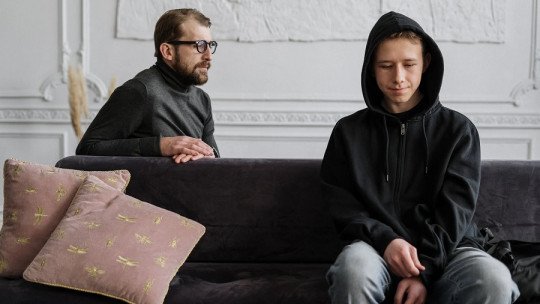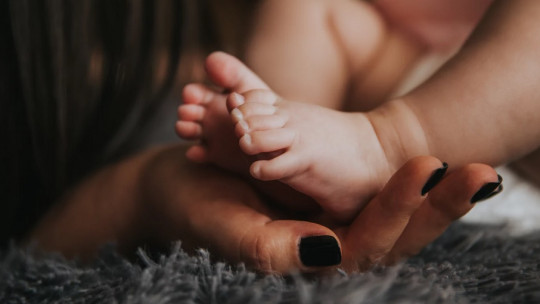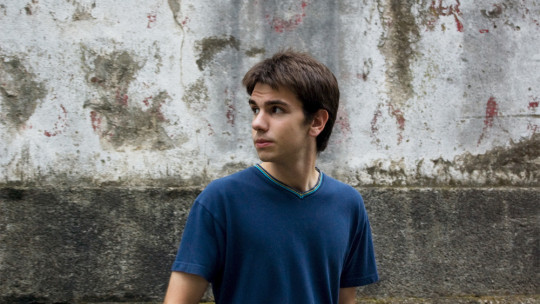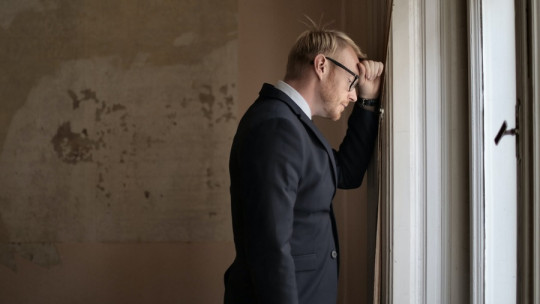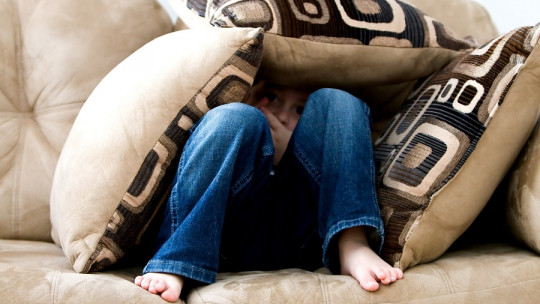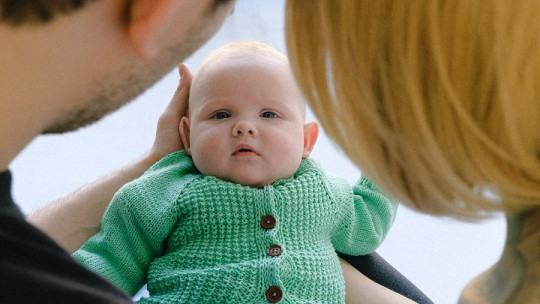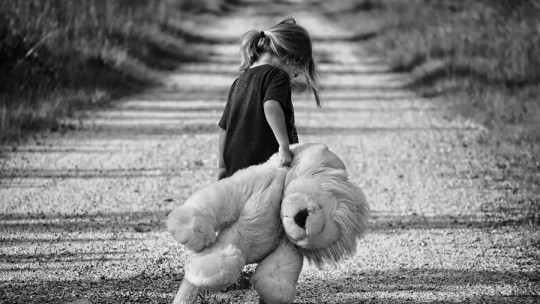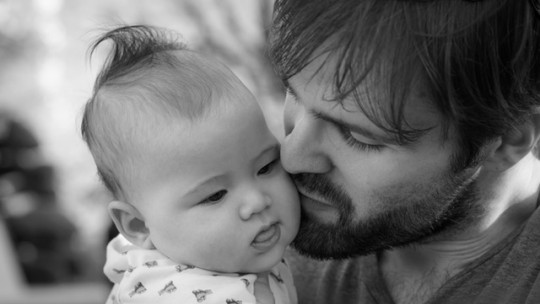
The attachment theory is a theory that was born a century ago, specifically in 1907, to explain individual differences (also called attachment styles) regarding how people think, feel, and behave in interpersonal relationships.
The concept of “attachment” refers to the emotional bonds that people form with other people throughout their lives first with their parents, and then with their friends, their partner, their colleagues and their children.
The Beginning: Bowlby’s Attachment Theory
There are different views regarding this theory, but the best known is that of John Bowlby, considered the father of attachment theory. He thought that Attachment begins in childhood and continues throughout life and stated that there are behavioral control systems that are innate and that are necessary for the survival and procreation of human beings.
Attachment and exploration systems are central to his theory, since from a very young age children have an innate behavior that leads them to want to explore new things, but when they feel in danger or scared, their first reaction is to seek protection and security. of their primary caregiver.
The “strange situation” and types of attachment according to Mary Ainsworth
Bowlby laid the foundations for the theory, but another important figure in the study of attachment is Mary Ainsworth, one of the psychologists most recognized for her contribution to said theory. Ainsworth also thought that control systems existed, but she went a little further and proposed her concept of the “strange situation”, with which she added three behavioral styles to attachment theory: Sure, Insecure-Avoidant and Insecure-Ambivalent. Later other authors identified other types of attachment, such as anxious attachment or disorganized attachment.
Types of attachment
The strange situation refers to the laboratory process in which the child is studied in interaction with his mother and with a strange adult, that is, in a situation with someone who is not familiar. The results of Ainsworth’s longitudinal study led him to conclude that:
The four types of attachment according to Hazan and Shaver
Later, during the 80s, Cindy Hazan and Phillip Shaver expanded attachment theory to adult romantic relationships They identified four attachment styles: secure attachment, anxious-preoccupied attachment, avoidant-independent attachment and disorganized attachment.
1. Secure attachment
They are adults who They present a more positive view of themselves and their interpersonal relationships They are not worried about privacy or independence, because they feel safe.
2. Worried-anxious attachment
They are people who They tend to constantly seek approval from others and continuous response from their partner Therefore, they are dependent, distrustful individuals and have a less than positive view of themselves and their interpersonal relationships. They present high levels of emotional expression and impulsivity.
3. Avoidant-independent attachment
They are individuals who They tend to isolate themselves because they do not feel comfortable being intimate with other people, so they are very independent. They see themselves as self-sufficient and not in need of close relationships. They tend to suppress their feelings.
4. Disorganized attachment
Adults with distrustful attachment They are characterized because they have contradictory feelings in their interpersonal relationships That is, they may feel both desirous and uncomfortable with emotional intimacy. They tend to see themselves as having little value and mistrust others. Like the previous ones, they seek intimacy less and tend to suppress their emotions.
Fundamental principles for a secure parent-child bond
It is clear that, as much research has shown, The attitude of parents towards their children will be decisive when it comes to whether their child develops correctly Therefore, parents must be careful when treating their children and must be patient so that they grow up healthy and with a strong personality to face situations that may arise in the future.
In short, it is important for parents to try to:

